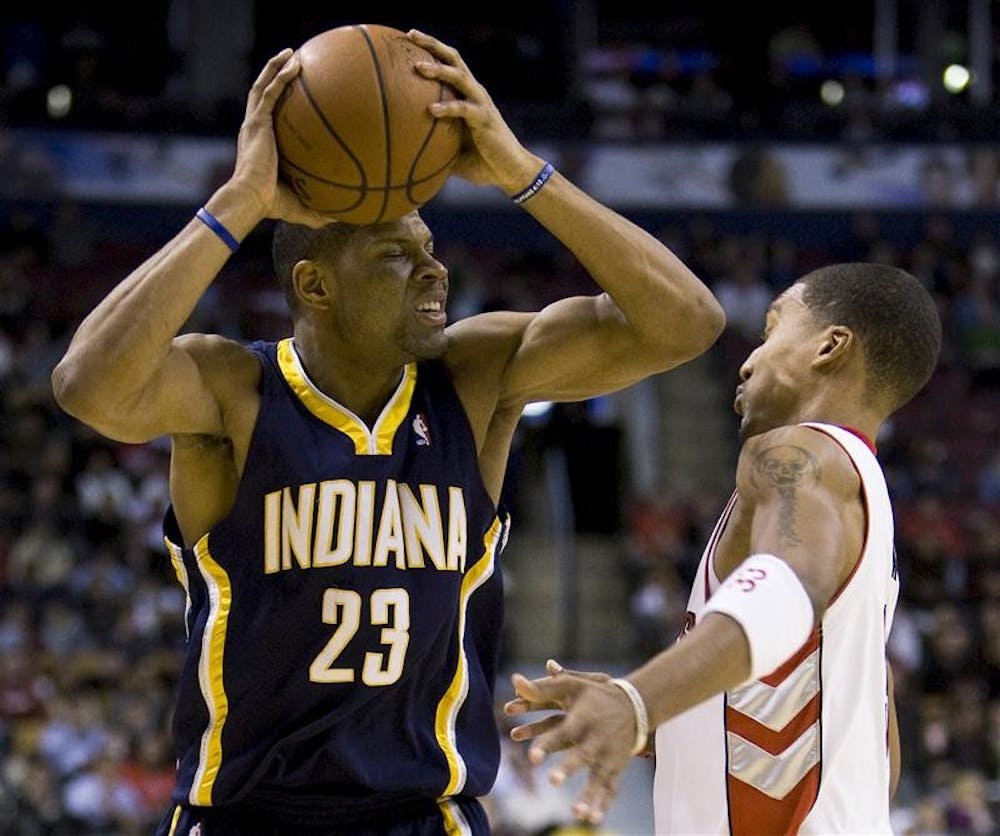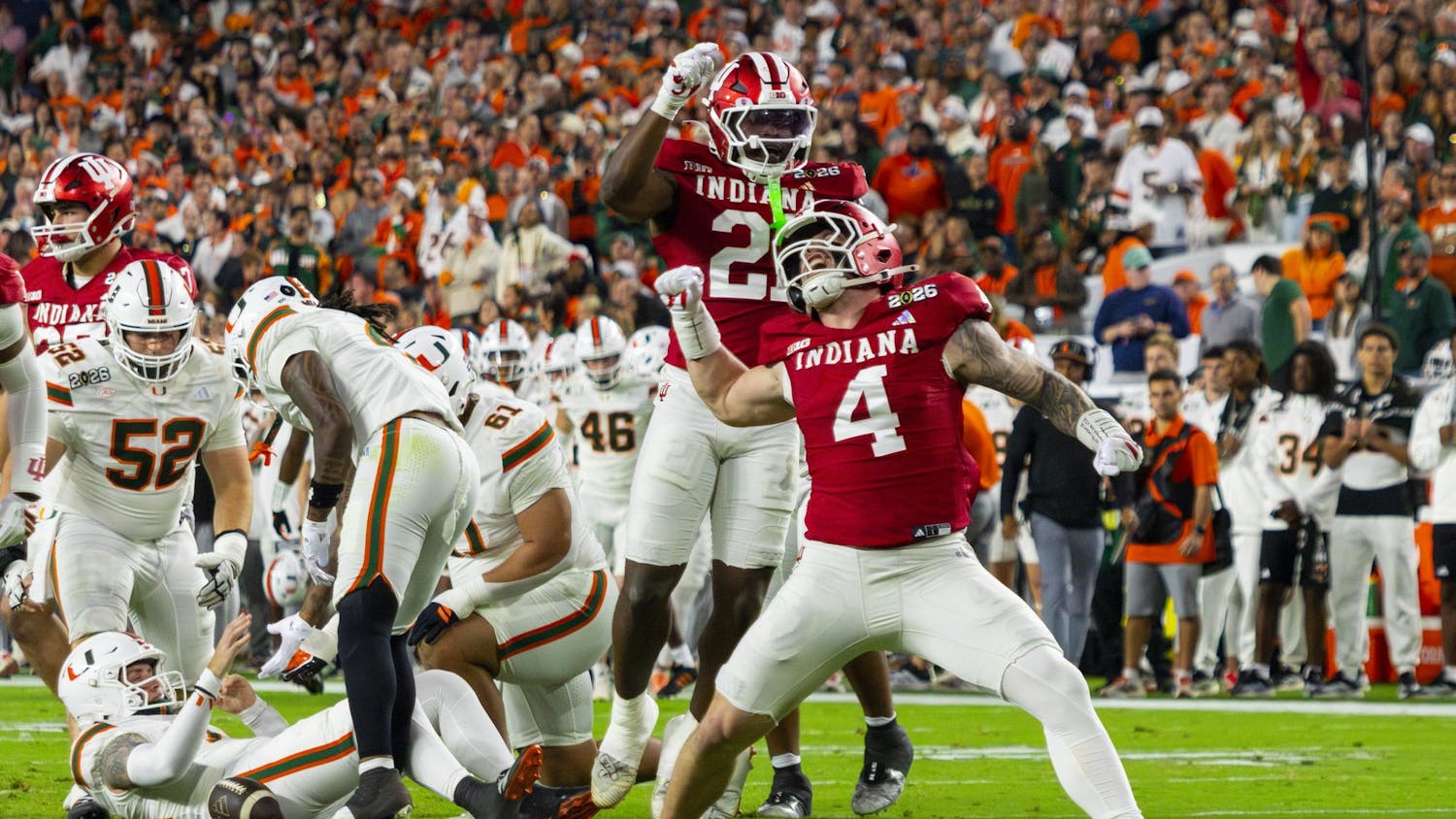Fans showed up early to see forward Darnell Hillman honor his nickname of “Dr. Dunk.”
He put on a show before each contest, and the American Basketball Association had scheduled three playoff games for Hillman and his Pacers’ teammates at Assembly Hall.
They would go on to win the league’s 1972-73 championship, but this night was all about Hillman, who jumped so high his afro was on par with the rim.
Hillman was one of a group of high flyers in a league that embraced the outlandish.
From dress to hairstyle, they embodied nearly everything the more-established National Basketball Association didn’t.
“The difference in the ABA was that we had a lot more relaxed approach in terms of being out in the public,” Hillman said. “But we also knew that we had to do something that would gain the public’s trust to where they would want, and drive up the urge, to see us.”
The ABA’s divergence from the norm was best shown on the basketball court. Without players rivaling the NBA’s dominant centers, the ABA birthed a free-flowing style of play seen in today’s game. It created the 3-point shot and used the fast break to bring down rims with jarring dunks.
Bullish guards twirled the league’s red, white and blue ball, reminiscent of the one used by the Harlem Globetrotters. They made plays through cross-over moves, fancy passes and finger roll layups – all staples of basketball’s current state.
Hillman embraced the flair and excitement around the startup.
Only a year before, he had spurned the NBA for the ABA after he was chosen in the first round of both drafts. The ABA had only been created in 1967, but players gravitated toward the freedom it offered.
“It made for excitement,” he said. “If you had a player that had a lot of individual ability and talent, he was definitely going to get the change to showcase his skills in the ABA. We had the exciting ball players.”
NBA stars like Julius Erving, George Gervin and Connie Hawkins got their start in the ABA, which allowed them to play an up-and-down style.
Fun came with the ABA’s flair.
There were monikers outside of “Dr. Dunk” at the time, including “The Ice Man,” “Slick” and “Dr. J,” the name given to Ervin.
The flashy epithets matched the dress before and after games.
Players in the ABA were not required in suit and tie at all times, like their counterparts in the older league. As a result, they wore flashy clothing and hairstyles associated with the ’70s.
“We were a little bit more liberal, a little bit freer to express our own individuality,” Hillman said. “Hence is where I came from with the afro.”
The development of distinct personalities within the ABA set forth a trend that hit its peak with recent NBA players Michael Jordan and LeBron James.
Making a player a brand proved good for the league and brought fans in to see a specific person. This was apparent from Hillman’s pregame exhibitions.
Though the NBA didn’t subscribe to similar thought at the time, the idea wasn’t lost on all sports leagues.
The American Football Association challenged the National Football League in the ’60s with characters like former Jets quarterback Joe Namath.
It shelled out money on characters to build personas and bank accounts.
The two jockeyed for fans and money for nine years until the larger NFL consumed the AFL in a 1970 merger.
The ABA would last one season less than the AFL in its own bout with a historically superior league, and merged with the NBA after its ninth season.
The NBA took on four of the ABA’s nine teams – Indiana, New York, Denver and San Antonio – for $3.2 million per club.
“It was disappointing that the entire league didn’t go in,” Hillman said. “I thought it would be great for basketball to see the ABA, which was a much more wide open, run-and-gun game.”
As a player who preferred the ABA from the start of his career, Hillman said it was sad to see the league go. He knows, though, that in the short time of its existence, the ABA brought a street style of basketball to mainstream America and beyond.
“After the leagues merged, there was a great deal of evidence that we were more fun to watch,” he said. “Our players had a lot of skills, but we had the flash.”
ABA created new style of basketball play in only 9 years

Get stories like this in your inbox
Subscribe





